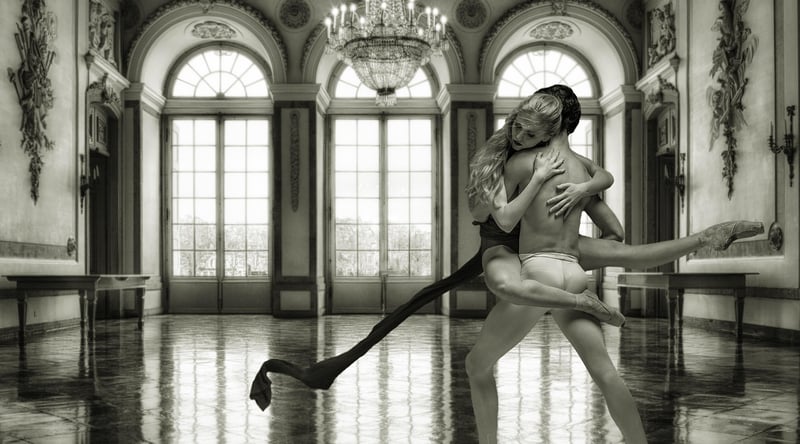Hip Hop
Exploring Expressive Movement Forms through Hip Hop

Hip hop, a cultural movement that emerged in the 1970s in the Bronx, New York City, has evolved into a powerful form of expression encompassing dance, music, art, and fashion. Within the realm of dance, hip hop offers a platform for individuals to explore various expressive movement forms, pushing boundaries and challenging traditional norms.
The Essence of Hip Hop Dance
Hip hop dance is characterized by its versatility, blending elements of street dance styles such as breaking, locking, and popping with freestyle movement and improvisation. It is a dynamic and energetic form of dance that allows individuals to communicate emotions, stories, and ideas through movement.
Exploring Expressive Movement Forms
Through hip hop, dancers can experiment with a wide range of movement forms, from fluid and lyrical movements to sharp and percussive gestures. This versatility enables dancers to convey a spectrum of emotions and messages, making hip hop a rich and diverse art form.
1. Freestyle Dance
Freestyle dance is a key component of hip hop culture, allowing dancers to express themselves spontaneously and authentically. It encourages creativity, individuality, and self-expression, making it a powerful tool for personal growth and exploration.
2. Storytelling through Movement
Hip hop dance provides a platform for individuals to tell stories through movement. Dancers can use gestures, body language, and choreography to convey narratives, emotions, and experiences, creating powerful and impactful performances.
3. Fusion of Styles
One of the unique aspects of hip hop dance is its ability to fuse different movement styles and techniques. Dancers often draw inspiration from various dance forms, blending them with hip hop elements to create innovative and captivating choreography.
Embracing Diversity and Inclusivity
Hip hop dance celebrates diversity and inclusivity, welcoming individuals of all backgrounds, ages, and abilities to participate. It fosters a sense of community and belonging, encouraging dancers to embrace their uniqueness and express themselves authentically.
Conclusion
Expressive movement forms within hip hop offer a vibrant and inclusive space for individuals to explore creativity, storytelling, and self-expression through dance. By embracing the diversity and versatility of hip hop, dancers can push boundaries, challenge norms, and create powerful connections with audiences worldwide.
Join the hip hop movement today and unleash your inner creativity through the power of expressive movement forms!
